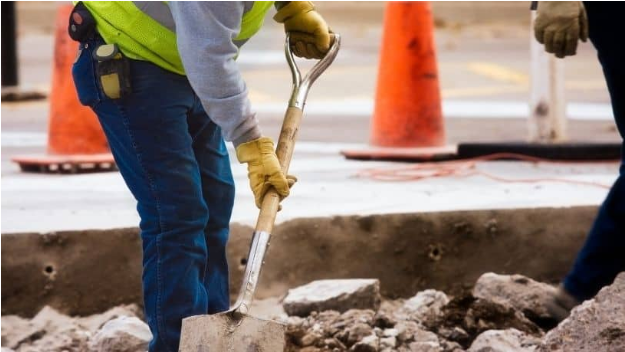When any digging work is done, especially near homes, roads, or buildings, it is important to be very careful. One of the biggest concerns during digging is the protection of underground utilities. These include water pipes, gas lines, electrical cables, and communication wires. Damaging any of these can cause serious problems such as service interruptions, costly repairs, or even accidents. This is where hand excavation plays an important role.
What Is Hand Excavation?
Hand excavation means digging by hand using tools like shovels, spades, or picks instead of heavy machinery such as excavators or backhoes. While machines can dig faster and deeper, they are less precise and can accidentally hit underground utilities if not used carefully. Hand excavation is a slower but safer method used especially when digging close to known or suspected underground utilities.
Why Excavation Safety Matters
Underground utilities are often buried at different depths under the ground, and sometimes their exact locations may not be fully known. Striking a gas line or electrical cable can cause dangerous leaks, explosions, power outages, or even injuries to workers and nearby people. Repairing damaged utilities also causes delays in the construction project and adds extra costs. Therefore, protecting these utilities during any excavation work is essential for safety and smooth progress.
How Hand Excavation Protects Utilities
Using hand excavation near underground utilities allows workers to dig carefully and feel the ground with their tools. This precision helps avoid damaging or breaking the pipes and cables. When excavation is done by hand, workers can stop immediately if they sense something hard or unusual, indicating the presence of a utility. They can then take extra precautions or call the utility company for guidance.
This method also makes it easier to see and expose the utilities without damaging them, which is important when repairs or new connections need to be made. Hand excavation gives better control over the depth and angle of digging, reducing the risk of accidental hits.
When Is Hand Excavation Most Useful?
Hand excavation is especially useful in areas where underground utilities are closely spaced or located near the surface. For example, during repairs on sidewalks, road edges, or near building foundations, hand digging can prevent costly damage. It is also used when digging near newly installed utilities or in places where utility maps are outdated or unclear.
Contractors often start excavation work using heavy machinery but switch to hand excavation as they approach known utility locations. This combination helps save time while still protecting important underground infrastructure.
Additional Benefits of Hand Excavation
Besides protecting utilities, hand excavation has other benefits. It creates less disturbance to the surrounding soil and environment compared to machines. This helps maintain the ground’s stability and prevents unnecessary damage to nearby plants or structures.
Hand excavation is also quieter and produces less dust and vibration, which is beneficial in residential or sensitive areas. Because it is safer, it can reduce insurance costs and liability risks for contractors.
Final Thoughts
Protecting underground utilities during digging is critical for safety, cost savings, and project success. Hand excavation is a valuable technique that allows for careful and controlled digging near these utilities. While it may take more time than using machines, its precision and safety advantages are well worth it.
Anyone planning digging or excavation work should always check for the presence of underground utilities beforehand by contacting local utility companies. Using hand excavation when near these utilities will help avoid accidents, service interruptions, and repair costs. Ultimately, this careful approach ensures that the digging work is done safely and efficiently.

